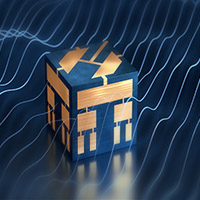Electrical Engineering
Putting the sense in materials
An interdisciplinary initiative is helping KAUST be at the forefront of a digital revolution, where sensors can find a use just about anywhere.
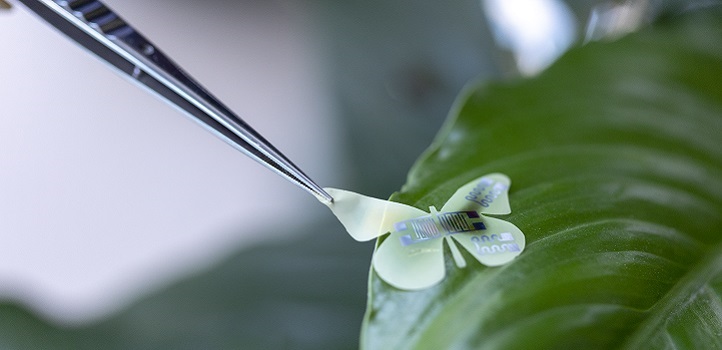
Sensors research at KAUST.
© 2019 KAUST
The ability to track minuscule but important changes across a range of systems—from the body to the borough and beyond—seems limitless with the emerging array of novel devices that are tiny, self-powering and wirelessly connected. KAUST’s Sensor Initiative comprises a broad range of experts, from marine scientists to electrical engineers, who are innovating solutions to some of the most challenging obstacles in sensor technology. Together, they are powering up to transform the exciting intersection between small interconnected devices and the world around us.
Capacity to monitor our surroundings also reveals new potential in environmental and community protection. For example, a sensor that can detect a flood or a fire can save lives; a sensor that can track animals could help to better manage an ecosystem; and a sensor that can read plant condition could promote sustainable farming.
To take advantage of the market opportunities for sensors in both medical and environmental fields, KAUST holds an annual meeting of biologists, engineers and chemists to discuss technology development. Since 2015, these meetings have produced ambitious collaborations that aim to improve the science that underpins next-gen sensors as well as to take them to the market.
Get ready to plug and play
Khaled Salama, professor of electrical engineering and director of the Sensor Initiative, explains that what sets KAUST apart are the University’s human resources and outstanding lab facilities that underpin its innovative sensor technologies. With the onslaught of data coming from the hundreds of billions of sensors in our cities, cars, homes and offices, we need machine learning to help us understand the data, the supercomputing power to manage it and the expertise to make sure the machines do it all effectively.
“KAUST has strength in materials research, which is where our expertise can be used for developing sensors with transducer components that can be quickly swapped out and replaced with ones customized for different biological or environmental applications,” says Salama.
“Some can stick to your skin and monitor your vital signs through changes in your sweat while others can be placed in petroleum installations to monitor hazardous gases,” says Salama. “We’re not bound to one specific application, and each new development gives us a chance to answer some fundamental scientific questions along the way.”
Say goodbye to batteries, as you know them
KAUST is deploying tiny sensors across the University’s campus to model future smart cities that can continuously monitor air quality or help self-driving cars navigate. Implementing this vision means making devices that are as self-sufficient as possible.
“If you have sensors containing regular batteries, they might last a thousand cycles,” says Husam Alshareef, professor of materials science. “We have to get them to last millions of times longer.”
Alshareef and several international collaborators are building a technology known as microsupercapacitors—next-generation batteries—to resolve challenges around energy storage. Through a special vacuum deposition process, the team has transformed ruthenium oxide into a thin-film electrode that can hold massive amounts of charge and quickly release it on demand.
Get plant smart with winged sensors
Professor Muhammad Hussain is a strong believer in the importance of availability in the sensor market. He insists that his sensors not only provide solutions to everyday problems but also that they be affordable to all. That said, he does not forgo creativity for affordability. Hussain’s plant sensors are flexible, inexpensive and range in size from 1-20 mm in diameter. When placed on a plant leaf, they can detect temperature, humidity and growth, data that can be used to help farmers farm smart—minimizing nutrient and water waste. But what makes them especially remarkable is their beautiful butterfly shape. When asked why he chose the butterfly shape Hussain told us, “Butterflies are aesthetically beautiful and natural in a plant environment. Their large wings allow us to integrate many different sensors, which is especially useful for the artificial intelligence chip we are currently integrating into the system. Ultimately, we aim to create a fully interactive system such that the butterfly can deliver nutrients or gather more data.”
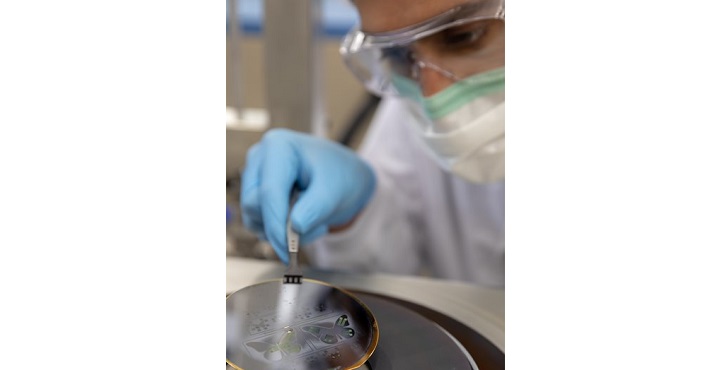
Sherjeel Khan, ph.D. student with Mohammed Hussain, fabricates the plant-monitoring sensors shaped like butterflies.
© 2018 KAUST
Learn to talk effectively
One of the advanced sensors being developed at KAUST is the smart bandage from the group of Atif Shamim in the electrical engineering program. This gadget uses carbon-based transducers to directly contact chronic wounds and to predict signs of infection based on blood pH levels.
Shamim notes that wireless communication is crucial if sensors and other components of the Internet of things are to be integrated with everyday items. His team has pioneered the use of low-energy Bluetooth radio networks to help connect smart devices with each other and also with network servers.
“Even though the Internet of things is about inanimate objects, they have to make decisions for you,” says Shamim. “They need to sense and they need to communicate.”
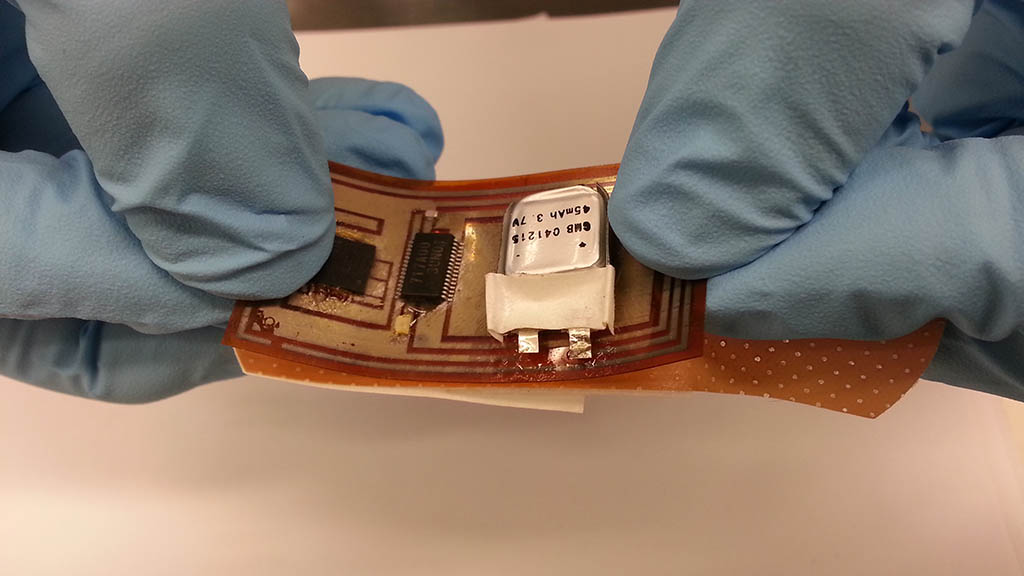
Shamim’s smart bandage may help to predict signs of infection in a wound by reading blood pH levels.
© 2018 KAUST
Be prepared to dive deep
Shamim is partnering with other KAUST researchers, including Jürgen Kosel, who specializes in using the property of magnetism in his sensor work to track animal behavior in the Red Sea. The team created stickers—each containing a self-powered, Bluetooth-connected position sensor—that are small enough to be attached to crabs, turtles and giant clams in the Red Sea.
Kosel and his group aimed to tackle the primary challenge associated with remote tracking of marine life—the tendency for water to scatter the radiofrequency waves used by most sensors for geolocation. Working with the KAUST Nanofabrication Core Lab to fabricate thin-film structures, the team created flexible sensors that reveal their global position using magnetic signals that easily access subsurface environments.
“Magnetic fields can penetrate many materials without affecting them, and that includes humans and other animals,” says Kosel. “We’ve shown that you can even derive how much energy a marine animal consumes using magnetic sensors that monitor water flow.”
Sense the future of sensors
For the Emeritus Senior Vice President for Research, Jean Frechet, the possibilities are great: “With our expertise and resources, we have built bridges across disciplines by bringing together researchers from KAUST and other institutions. They inspire each other to solve challenges as diverse as the survival of marine life, communications for the 21st century, and the exploitation of big data. The KAUST Sensor Initiative will stimulate the next generation and contribute to diversifying the country’s economy as we design and engineer sensors that collect the data we need to address global challenges.”
References
- | article
You might also like

Computer Science
Sweat-sniffing sensor could make workouts smarter
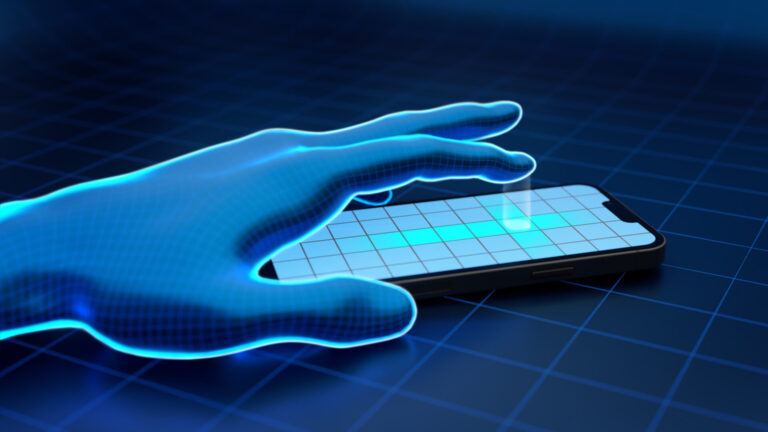
Electrical Engineering
New tech detects dehydration by touching a screen
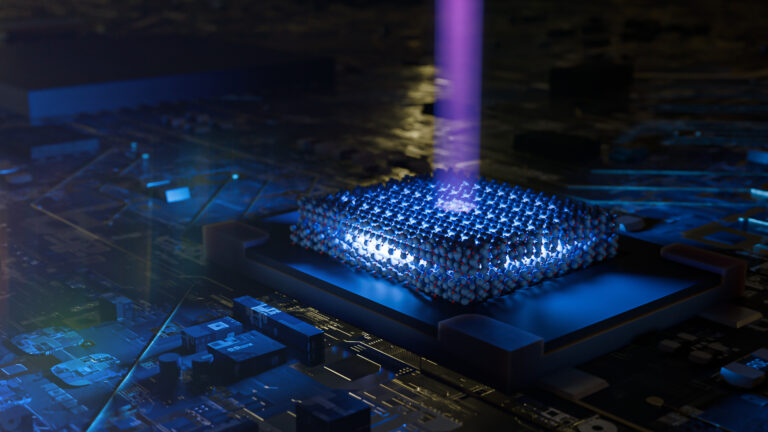
Electrical Engineering
A new interface for efficient electronics
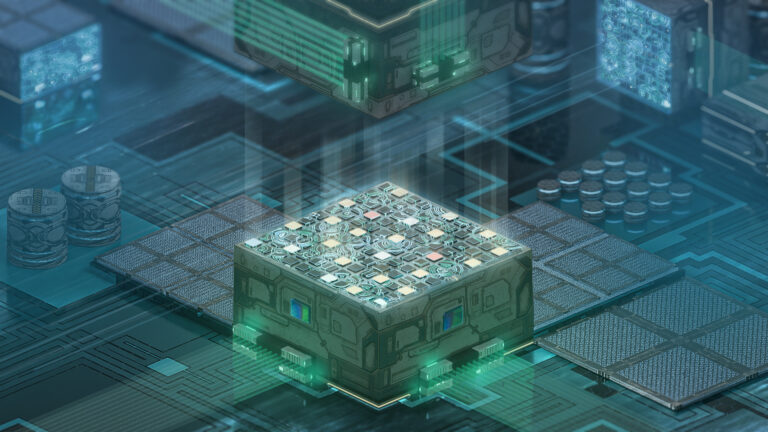
Electrical Engineering
Artificial neurons enable neuromorphic computing with light
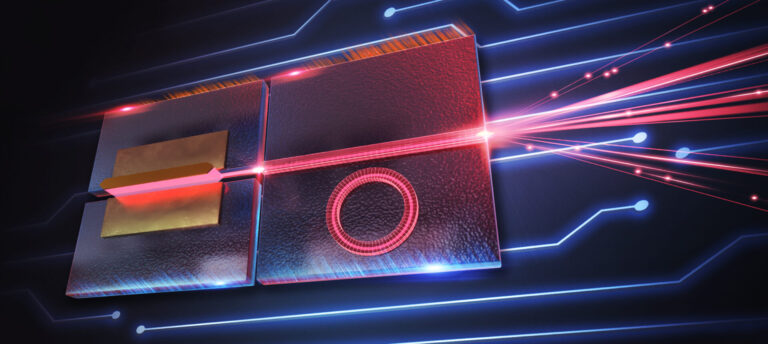
Electrical Engineering
Narrow-linewidth lasers bring low-noise answer
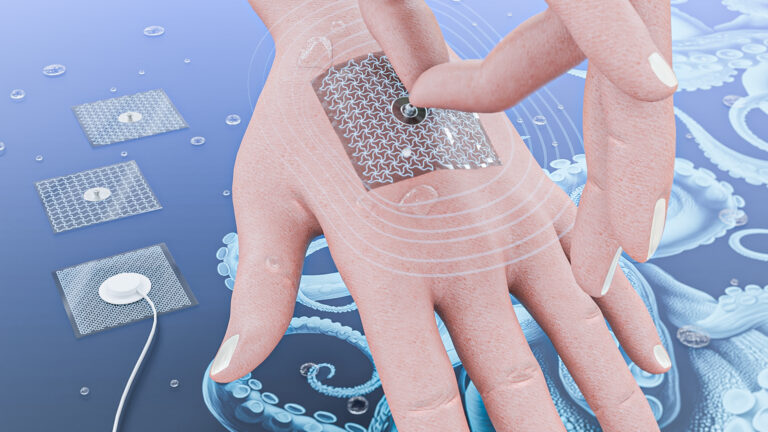
Electrical Engineering
Octopus suckers inspire sticky medical patch
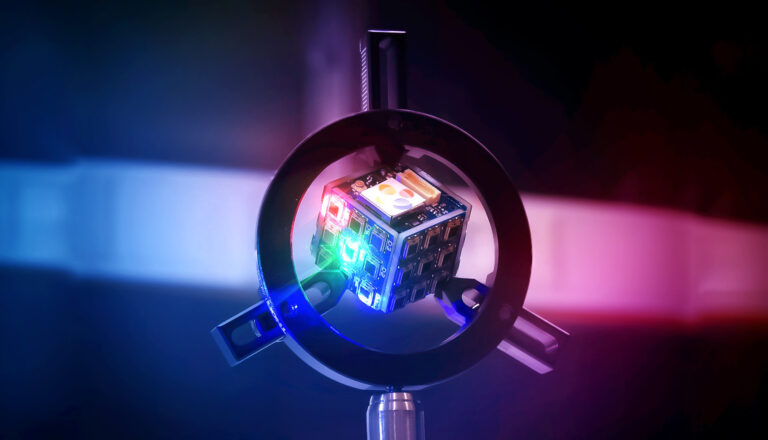
Electrical Engineering
Powering the future of the Internet of Things

Computer Science




